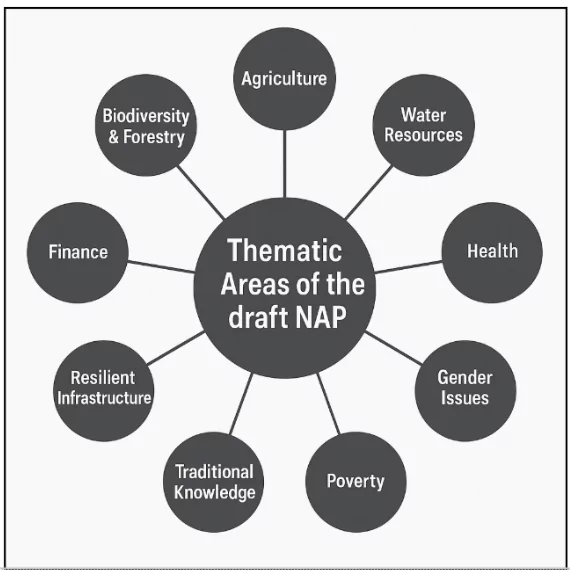![]() 24 Apr 2025
24 Apr 2025

India is set to submit its first comprehensive National Adaptation Plan (NAP) aligned with the Paris Agreement by September 2025.

United Nations Framework Convention on Climate Change (UNFCCC)
|
|---|
<div class="new-fform">
</div>